What Were the First Animals On Earth
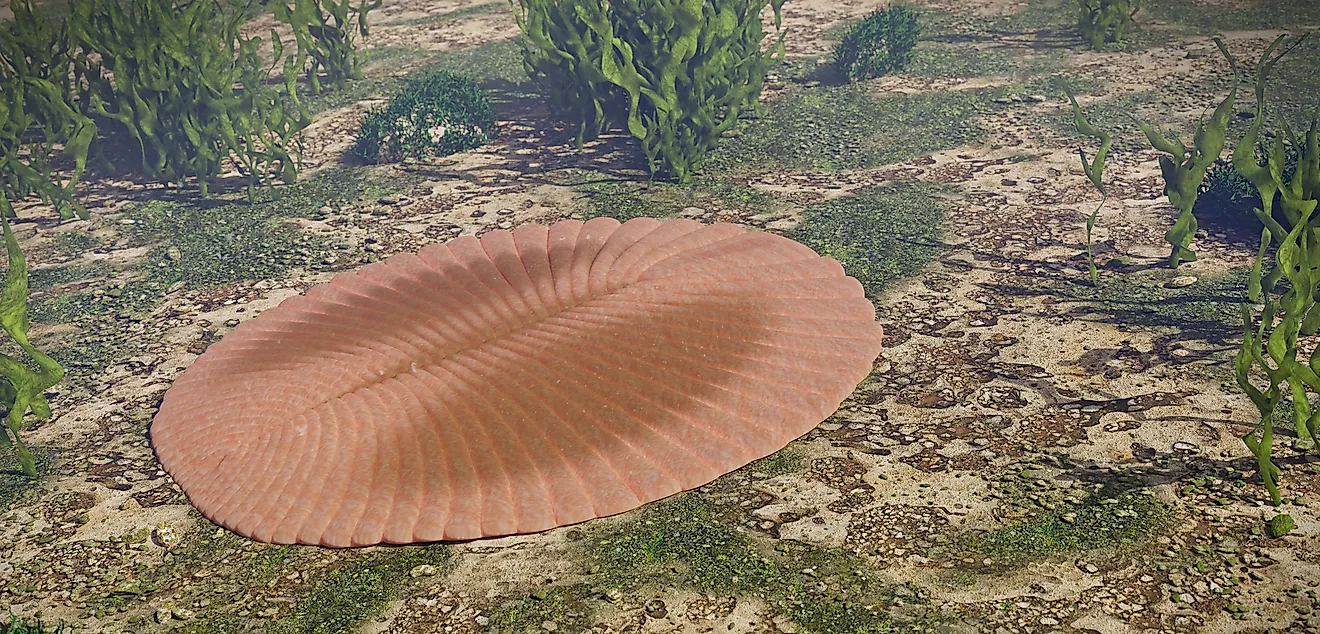
- Scientists proved that Dickinsonia was an animal by finding traces of cholesterol in its fossils.
- Most of the life during the Ediacaran period lived on the seabed, and the majority of animals had flattened bodies.
- Funisia is believed to be the first animal that was able to reproduce sexually.
For several millennia, life on Earth could be boiled down to only simple cells. However, almost 600 million years ago, multicellular life forms started appearing. We refer to that event as the Avalon explosion, and it resulted at the end of the icy cold Cryogenian period of our planet.
During the next period, called the Ediacaran, many more species started to appear, although it is still hard to determine how many of those were actually animals. Some were undoubtedly algae, fungi, or lichens. Scientists are, however, confident that some of the species that were found out to be living during that period are animals and can be considered the first animals on Earth.
Funisia
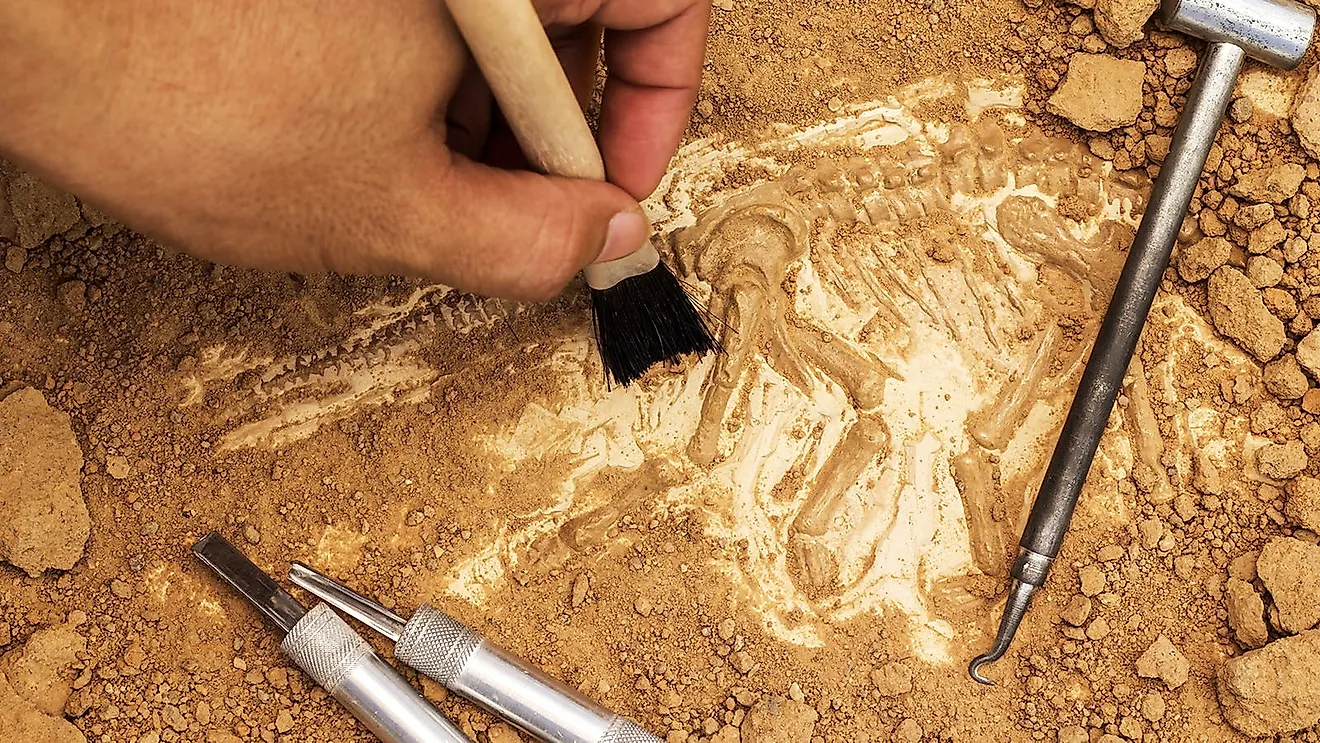
Put in the simplest terms, Funisia were the worms of the Ediacaran period. This means that they were animals that had bodies in a cylindrical shape, soft and with no limbs and that they led heterogeneous lives. They may have been the first animals with this body type. It is also believed that Funisia was able to reproduce sexually, which would make it the oldest animal that exhibited this type of behavior.
Andiva
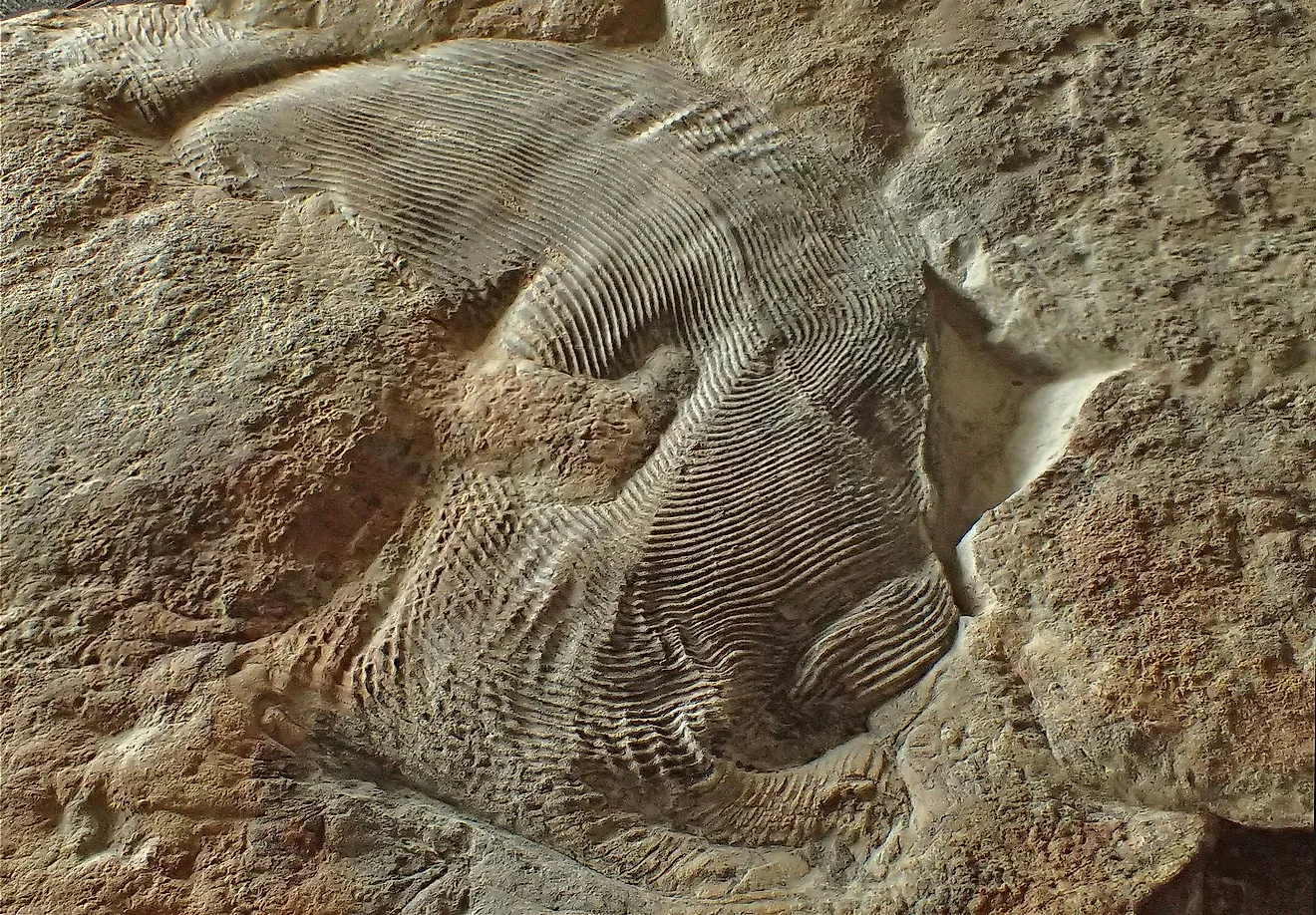
The seabed during the Ediacaran period was filled with life forms that all had flattened bodies, and were crawling around in search of food. Andiva was another one of those creatures, similar to Dickinsonia. This animal was a lot smaller; however, only a few inches in length, and it had a body covered in a softshell. Yet, when examining the fossils of Andiva, no traces of cholesterol were found, which would make us believe that they were different from the Dickinsonia. Still, scientists concluded it was an animal due to its anatomy.
Kimberella
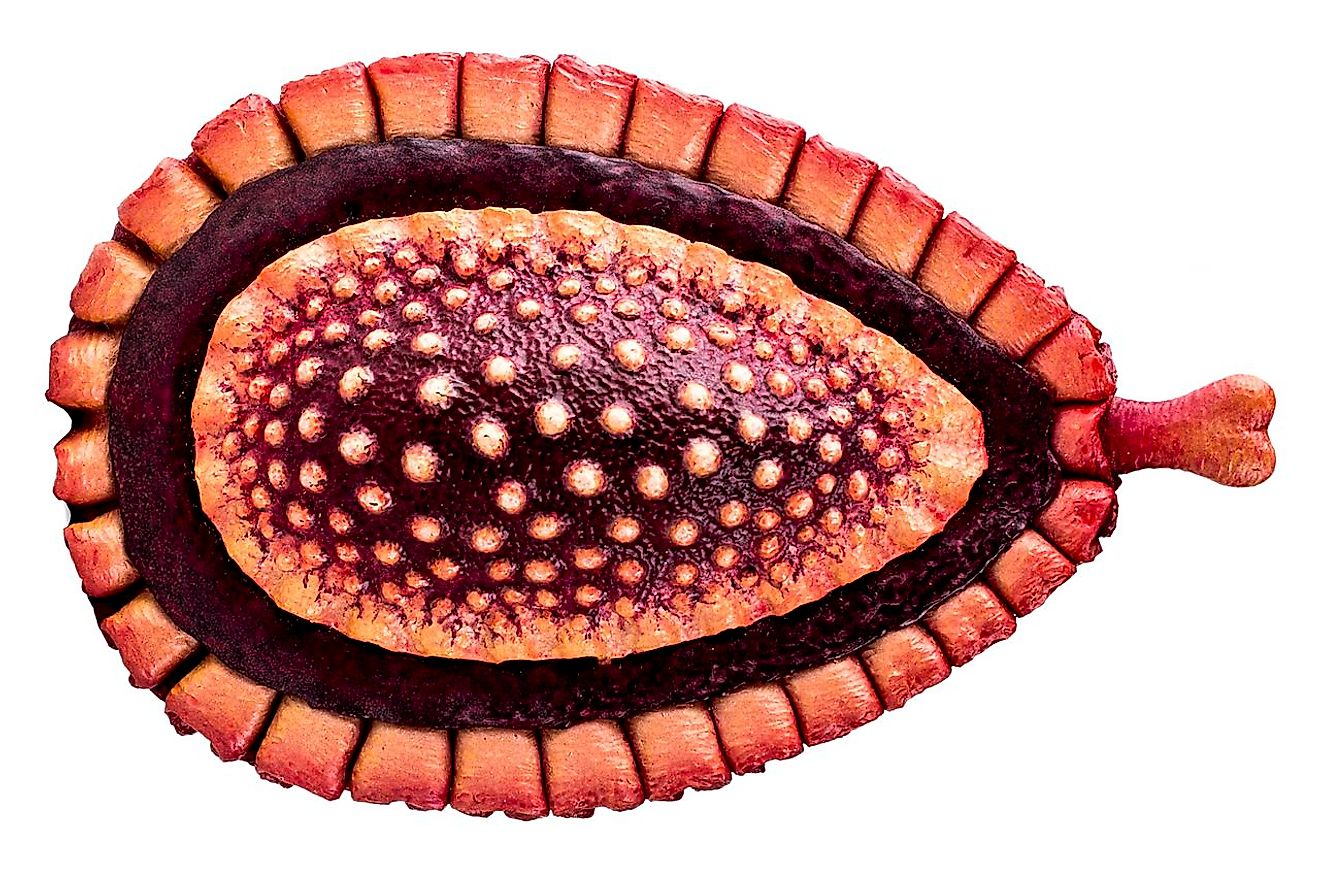
This animal is believed to have inhabited the seas of our planet more than 500 million years ago. Their bodies are bilaterally symmetrical, and some scientists believe that there are animals currently living that inhabited certain aspects of Kimberella. This species was first described as a jellyfish, but with further research, it was determined that it was an ancestor mollusk of marine slugs living today. This is due to it having a toothed tongue. More than a thousand fossils of this animal were found, which made it easier for scientists to analyze it and understand its anatomy better. For instance, it is believed that their bodies were covered in a softshell.
Charnia
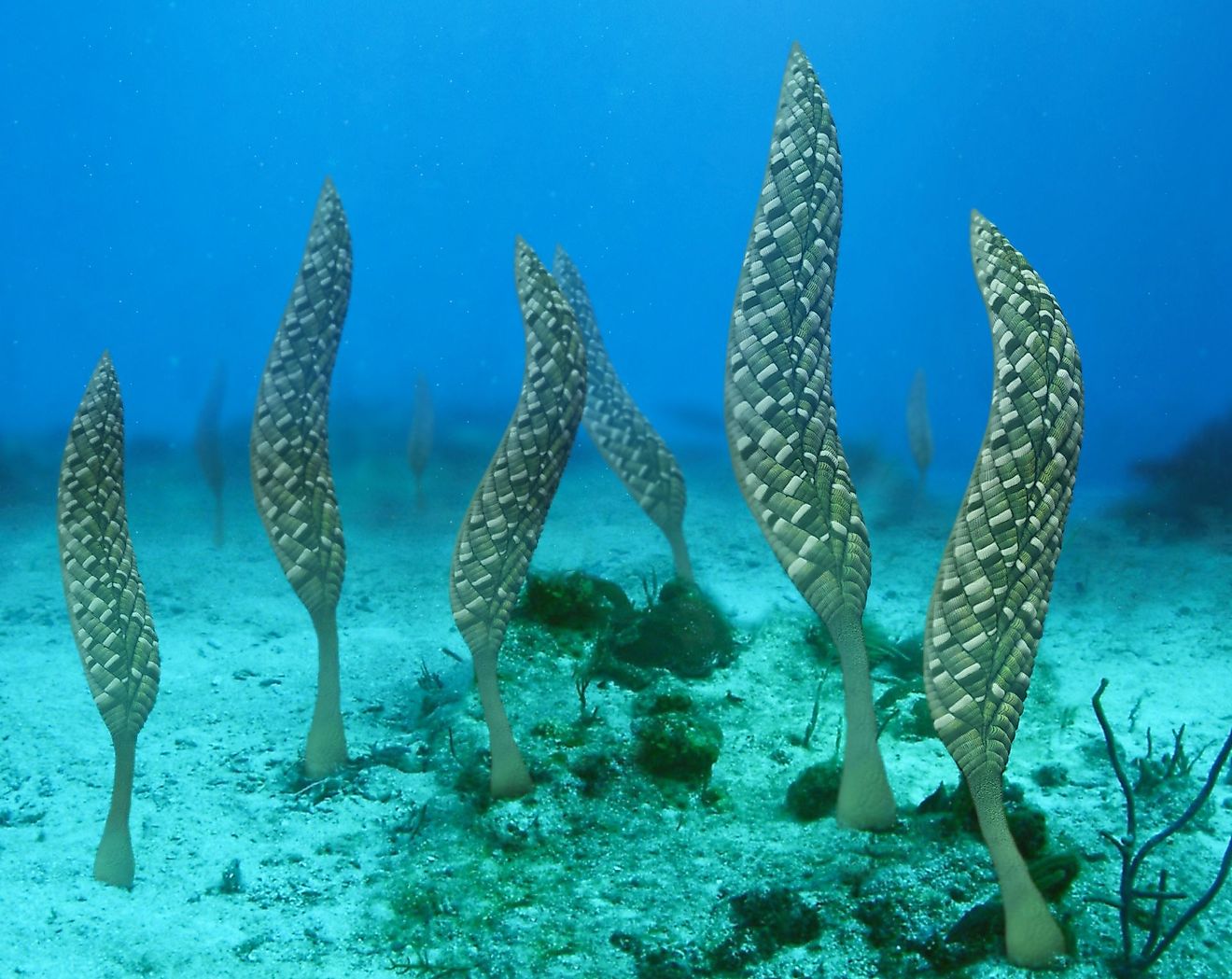
A large number of creatures were living on the seabed during the Ediacaran period. The most well-known organism is Charnia, which was the first confirmed fossil from this period, which is responsible for the study of the Ediacaran in the first place. It was discovered in England in 1958, and the fossil looked like long branches with an abundance of leaves, which made scientists believe that they were researching a type of algae.
It was later determined that it lived too deep in the sea, which meant it could not be a plant. It was then reclassified as a pennatulacea, an animal species that is similar to corals. This still is not entirely confirmed, but so far, it seems like the most reasonable solution. Currently, a new proposition is in the air, that would classify Charnia as a member of a new species called Vendobionta.
Aspidella
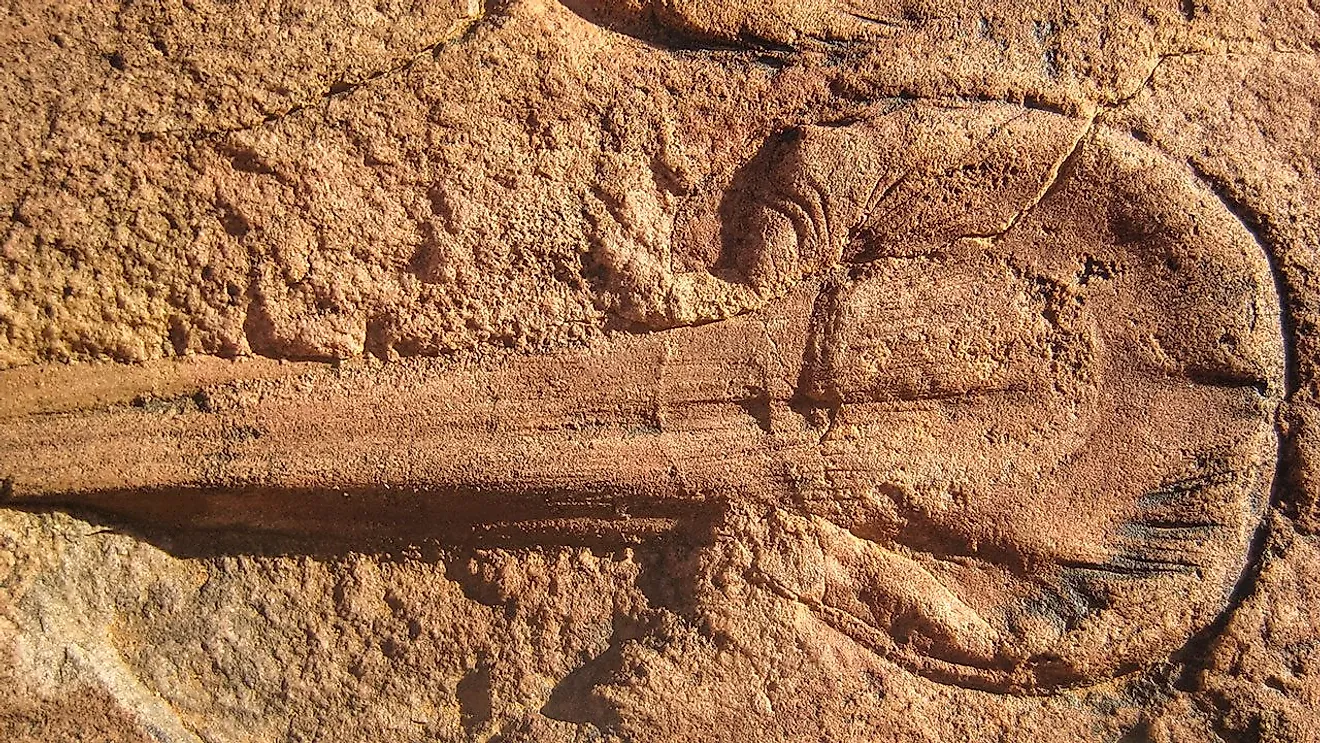
The first traces of Aspidellia were found in 1868 in Canada by Scottish geologist Alexander Murray. He found small disc-shaped markings in a rock, which seemed insignificant at the time, but were holding an important part of the history of our planet. Only four years later, a suggestion was made that the strange markings were fossils, but it was rejected at first. People believed that gases or chemicals caused those marks.
Almost a full century later, those disc-shaped markings were recognized as being tied to a species called Aspidella terranovica. This makes them a species similar to jellyfish, but the real answer is a bit more complicated than that. While it is possible that they were similar to jellyfish, the prints could also have been leftover from the imprints of their rhizoids. Rhizoids were lumps used by creatures to hold onto a substance. Whatever the case may be, the marks were certainly left by an animal.
Dickinsonia
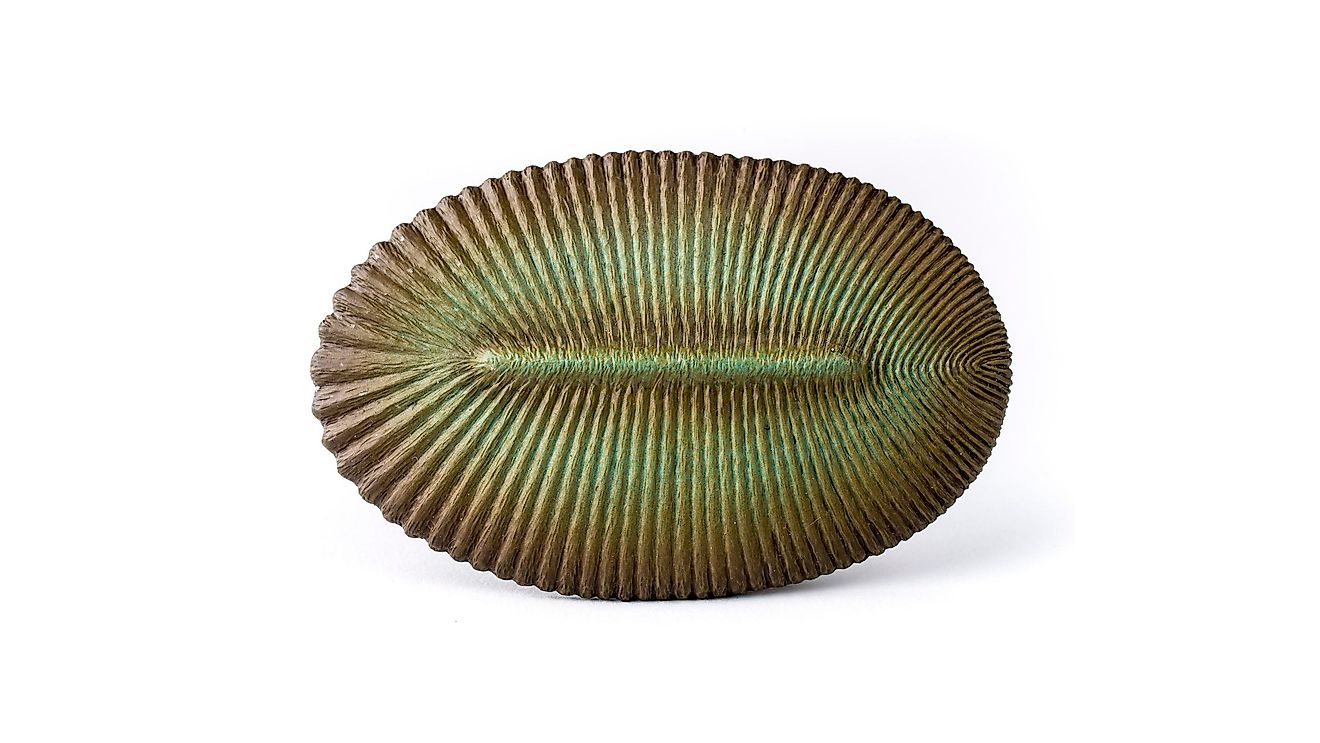
Dickinsonia’s status as an animal has been heavily debated for over 70 years. It is a flat, oval creature, almost 5 feet long, and its biological category was considered unknown until recently.
In 2018, a study managed to find traces of cholesterol in several fossils of Dickinsonia. Since cholesterol is a fat typically found in animals, it was easy to conclude that Dickinsonia was indeed an animal and the first confirmed creature that represents the terrestrial life during the Ediacaran period.











